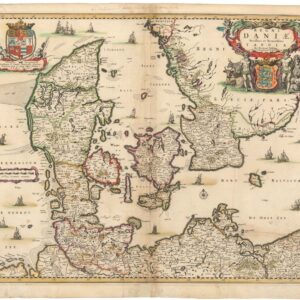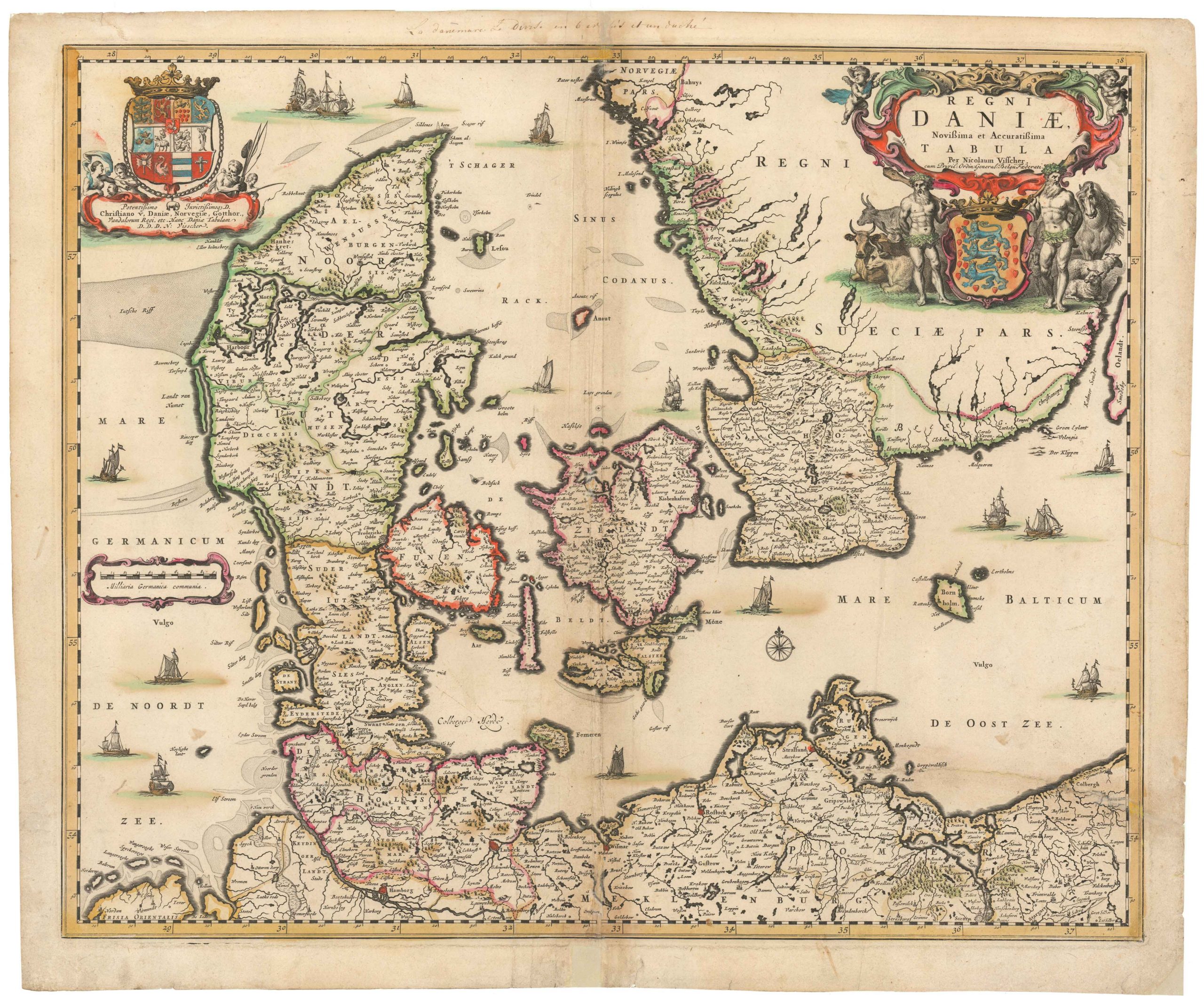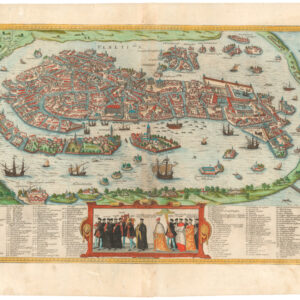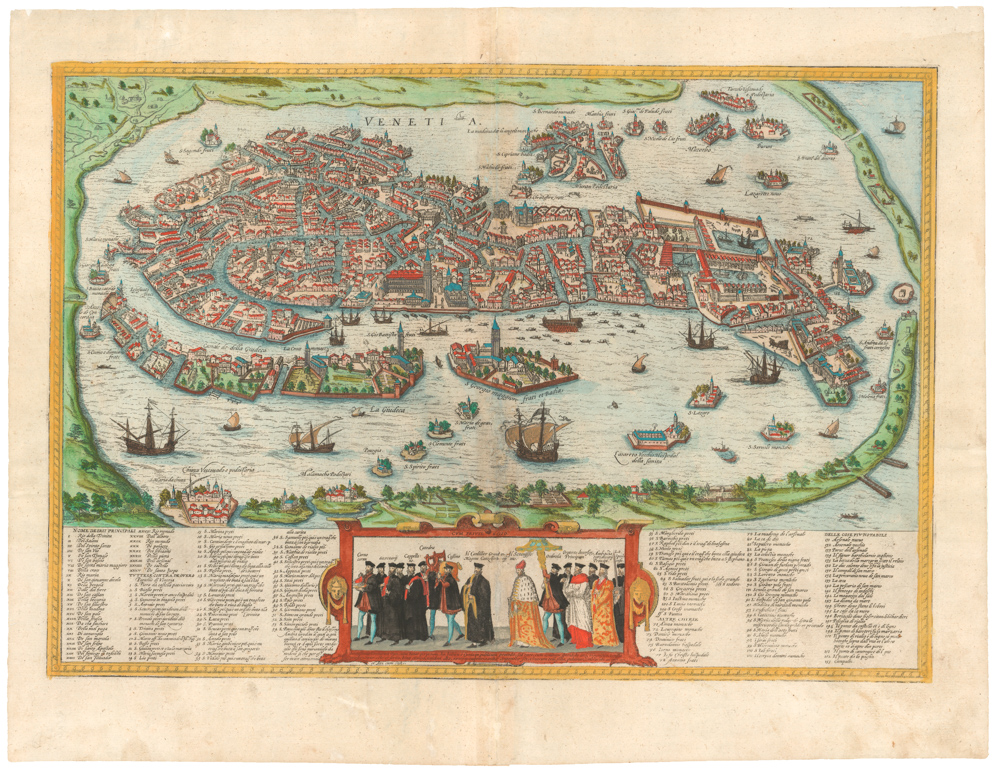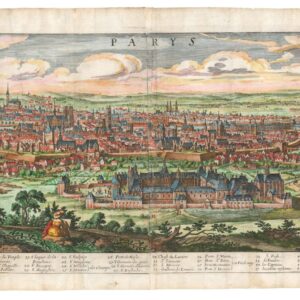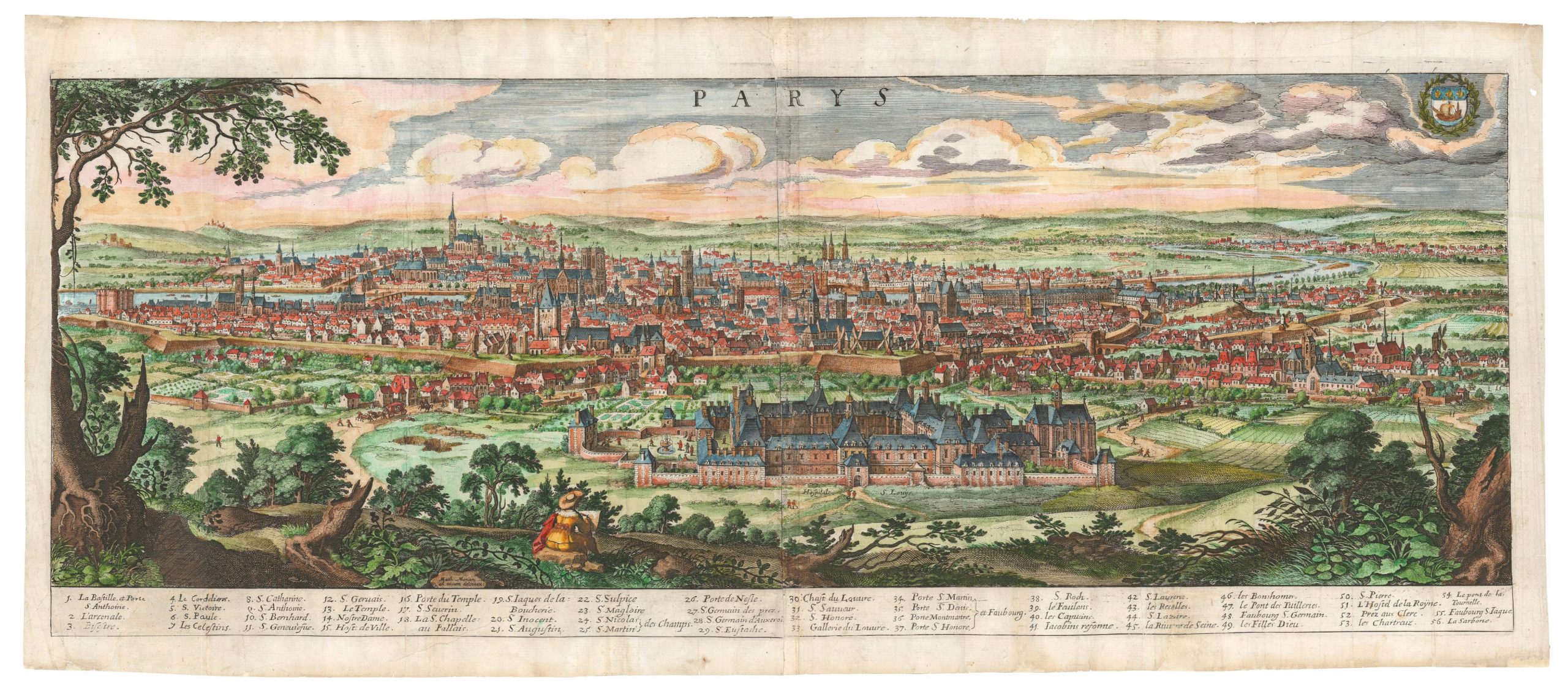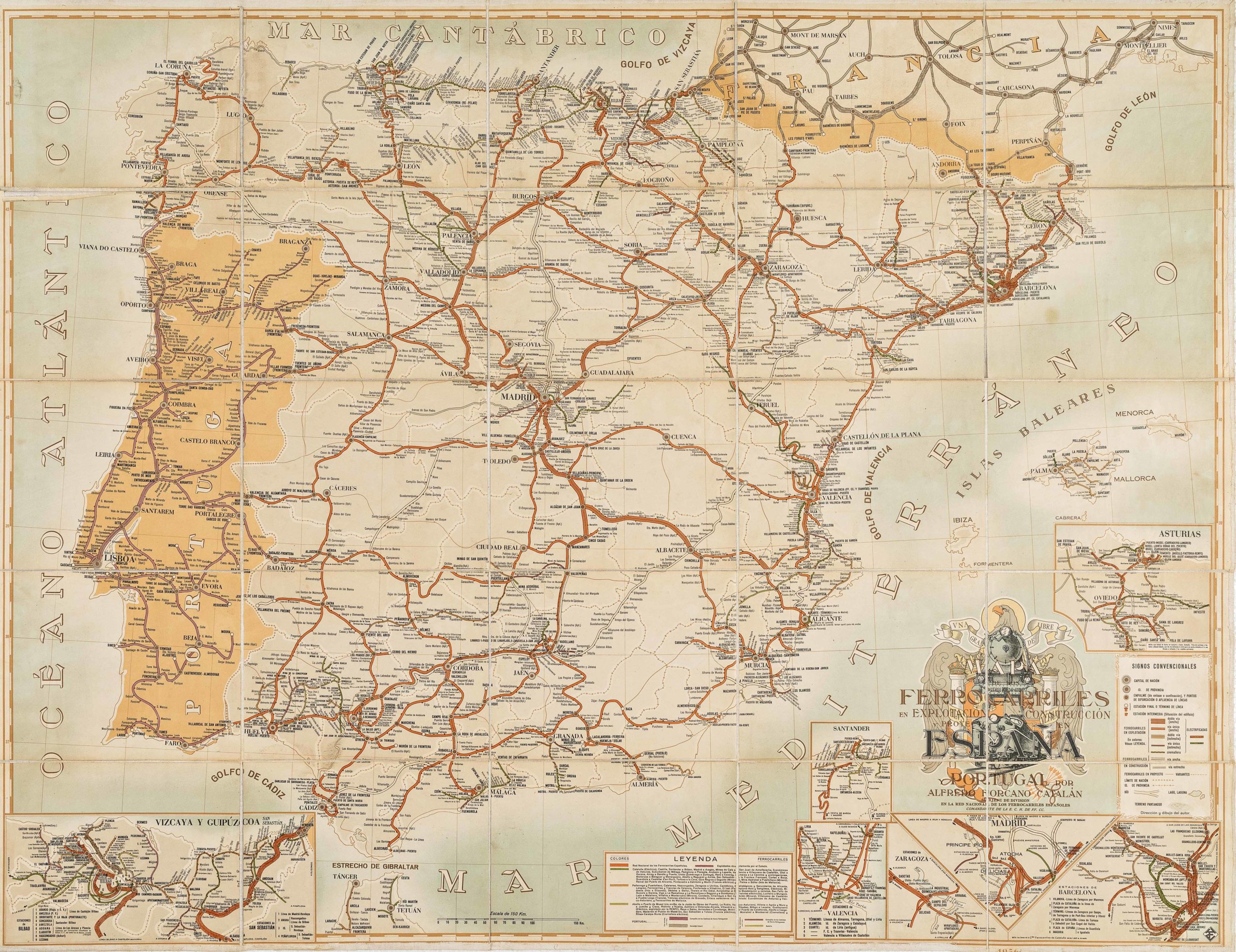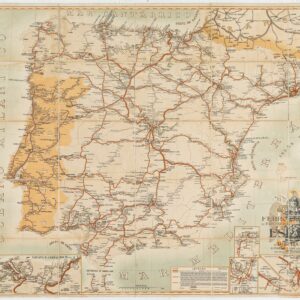Attractive 1835 city plan of Elizabethan London.
Plan of London in the reign of Queen Elisabeth.
$725
1 in stock
Description
The 19th century saw the city of London undergo an unrelenting process of industrialization and transformation. Part of the intellectual reaction to these changes was increased study of the past, and the early 1800s saw the publication of several multi-volume histories of the city.
Nothing brings history alive better than a map, and that’s where our work comes in. While it was published in the early 19th century, it constitutes a Tudor-era city plan of London under Elizabeth I. Elizabethan England saw a Golden Age of wealth and exploration, along with great achievements in arts and culture.
Famous figures such as Sir Francis Drake, Sir Walter Raleigh, and Shakespeare met with Elizabeth in the London depicted in this map. The plan shows the core of the Tudor city, stretching from Westminster Abbey to just beyond the Tower of London, where Elizabeth herself had been imprisoned before she became queen. Just outside the core, the landscape immediately transitions to fields and farms.
Only one bridge spans the Thames River, London Bridge, upon which are several sets of houses. At Bankside, adjacent to Winchester Palace, we see a particularly brutal example of 16th century entertainment in the form of two rings used for bull and bear fights.
Cartographer(s):
David Hughson (c. 1760s – 1820s), which may have been a pen name of Edward Pugh, was a writer on the topography and history of London. He produced a description of the city based on “an actual perambulation” (walk) that was published in six volumes between 1805 and 1809 and contains 150 copper plate engravings principally based on illustrations by Robert Blemmell Schnebbelie and Edward Gyfford.
Joseph Robins and SonsJoseph Robins and Sons was a London-based publishing house located at 57 & 58 Tooley Street, and active from 1830 to 1837.
Condition Description
Wear along vertical fold lines. Short margins.
References
